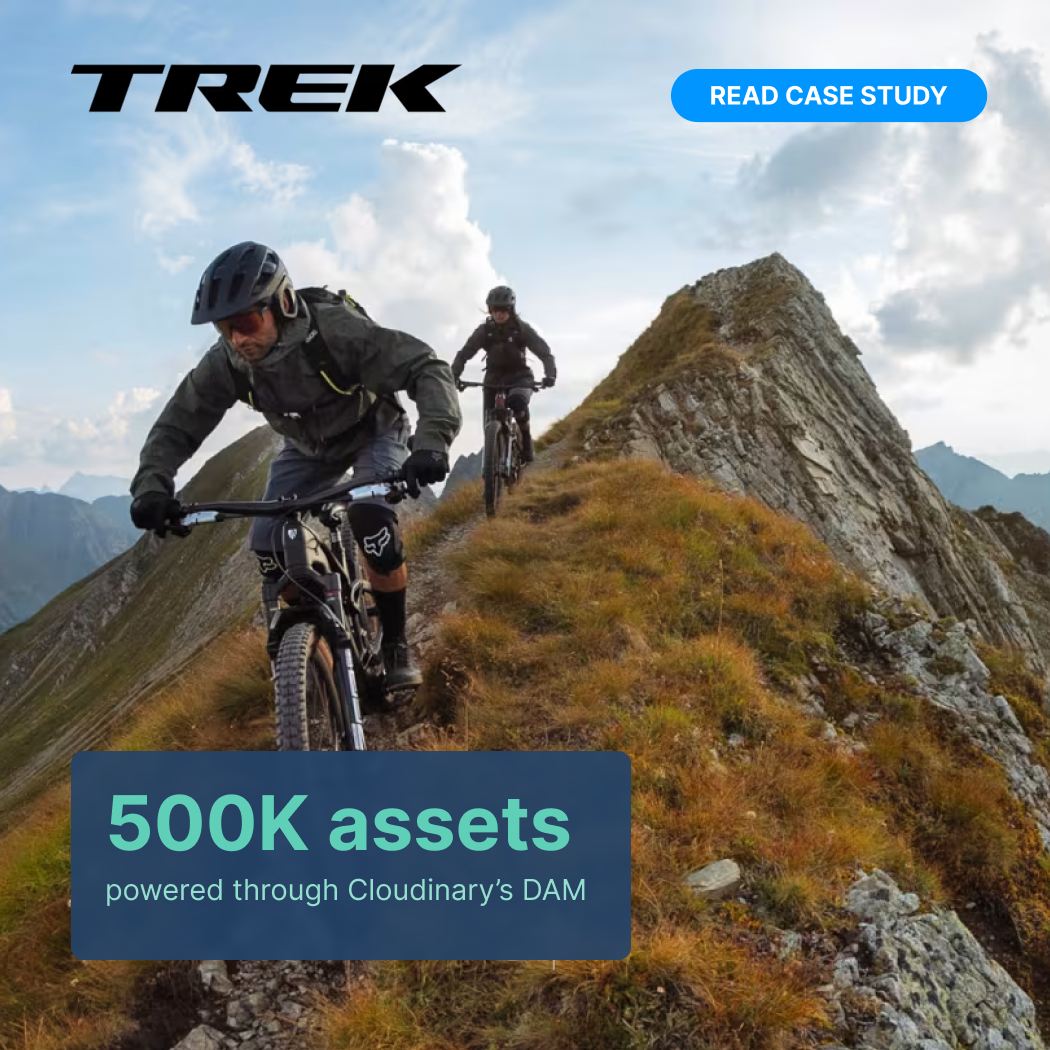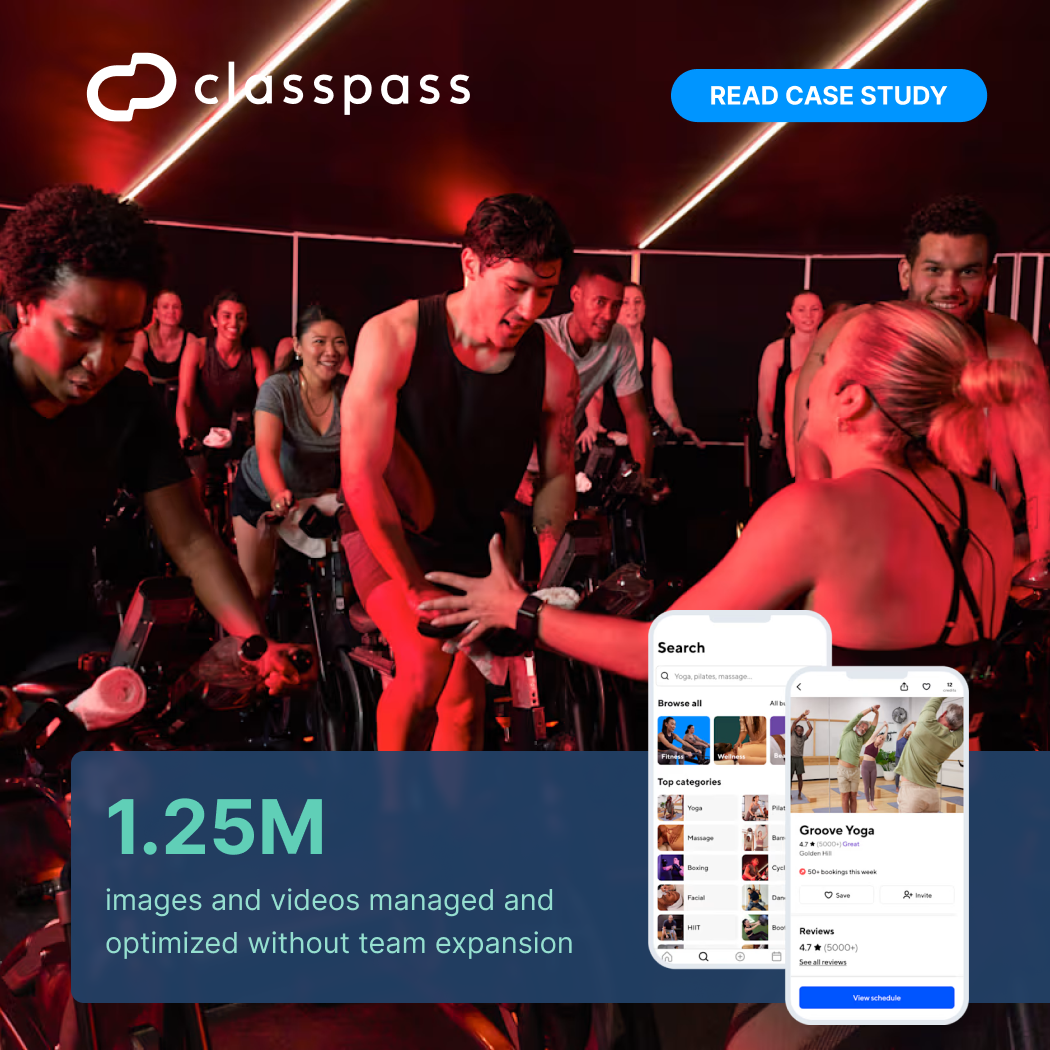In an interview before Game 7 of the 2004 ALCS between the Boston Red Sox and the New York Yankees — a game that saw the Red Sox complete the greatest comeback in Major League Baseball history and move one step closer to breaking their 86-year championship drought caused by what superstitious Bostonians referred to as “The Curse of the Bambino” — legendary director Spike Lee told ESPN’s Dan Patrick, “Movies are fake. This is why sports are the greatest: because they can’t be scripted.”
Powerful words from someone who has made his living in Hollywood. And for many of us, those words ring true. There’s a reason the world’s highest-paid performers are athletes and four of history’s 10 most-watched live TV events are sports-related: It’s hard to top the excitement of a great sporting event.
Whether you’re watching the Super Bowl or participating in your local Turkey Trot, athletics provide the stirring and inspirational moments of humans: the pursuit of greatness, the persistence of the human spirit, even the fleeting and unpredictable nature of life itself.
And that’s exactly why branding them can be so difficult. Baseball fields have nothing in common with board rooms; no campaign tagline will ever compare to memorable sports calls like “Down goes Frazier!” or “Do you believe in miracles?!”; and no product can offer the same satisfaction as achieving a personal best.
The very heart of sports is at odds with traditional marketing practices. Today, though, innovative brands are closing this gap by using digital asset management (DAM) to provide new and engaging experiences that get their customers a little bit closer to being in the game.
The New York Yankees logo and the Olympic Rings represent far more than just a baseball team and a sporting event. They’re rich with a tradition of greatness, bringing to mind icons like Mickey Mantle and Team USA’s dominant basketball “Dream Team”; events like Babe calling his shot and Jesse Owens capturing three gold medals at the Munich games; and relics like Joe Dimaggio’s number-5 pinstriped jersey and Michael Johnson’s golden shoes.
Though it might not compare to the legacy of two of the most recognizable athletics brands worldwide, your brand too is greater than the sum of its parts. This is a sentiment not lost on your customers, who use the variety of channels at their disposal to form a personal perception of your product or service.
For many in athletics, this perception is affected significantly by imagery — not only in content, but in quality as well, underscoring the importance of pixel-perfect details, vibrant colors, and high-resolution file types that don’t compromise load speed.
Neil Kimmet is the Director of Engineering at the world’s largest health club aggregator, ClassPass, a company that empowers its customers to achieve their next personal best. He told Cloudinary, “People want to feel sure that the new gym or salon they want to try out is clean and a space they’re going to feel comfortable visiting for the first time. Especially for spa and salon services, quality is inferred through imagery. In fact, many users tell us they’d love even more photos and information, so we know it’s something ClassPass subscribers want more of.”
As a source of information alone these visuals are valuable. But when you consider them for what they represent — a pillar of your brand identity — they’re even more important for communicating the rich legacy of your company.
For bicycle manufacturer, Trek, this legacy dated back more than 50 years to 1975. In a small barn in Wisconsin, a team of five passionate enthusiasts rebelled against an industry that favored high-end bicycles imported from far-reaching corners of the globe. They set out to create homegrown designs with “extraordinary artistry” that upheld the values the brand was founded on: adventure, freedom, exploration, and quality.
The company says about these early models: “Every bend and every weld was charged with purpose, as each meticulously constructed frame broke the convention that all great bikes must come from Europe. Trek was out to change minds.”
50 years later, it’s safe to say that Trek is accomplishing that mission. Key to its growth has been hyper-detailed photorealistic imagery capable of conveying the meticulous construction of each bicycle.
But time has also brought new challenges. Over several decades, Trek had built a repository of visuals that were becoming increasingly difficult to serve to their customer base across a growing number of channels. This challenge was compounded by the fact that Trek offers lifetime warranties, so even imagery of out-of-production models needed to be served quickly and in high resolution across devices, platforms, and bandwidths.
To house the terabytes’ worth of imagery that had helped build the brand that Trek is known for today, the company chose a DAM solution capable of not only organizing and archiving their trove of data, but enhancing, optimizing, and delivering it to their legions of customers around the world. This allowed them to sunset manual processes of editing, uploading, and sorting while improving collaboration between teams and future-proofing their visual assets.
With digital asset management, Trek was able to migrate over 500,000 visuals, and ClassPass automated the management of 1.25 million digital assets, allowing them to boost efficiency and customer satisfaction in the process.


It’s the Rose Bowl, 1999. A crowd of 90,000 looks on as Brandi Chastain prepares for a penalty kick that can win the US its second Women’s World Cup. She missed a penalty kick against this team a few months earlier, and this time, the stage is the biggest in the history of women’s sports. If that’s not in the forefront of her mind as she walks toward the penalty area, hers is seemingly the only mind in the stadium not preoccupied with the gravity of the situation.
As the hometown crowd holds its breath, she places the ball on the ground in front of her and takes a few steps back. At the referee’s signal, she jogs slowly forward as her teammates watch helplessly from midfield, and when her left foot strikes the ball with power and precision, not a second passes before it evades the outstretched arms of China’s diving goalkeeper.
The crowd erupts, Chastain is mobbed by her teammates, and the moment becomes one of the most iconic and pivotal in sports history. It’s experiences like this one that athletics brands are uniquely positioned to capitalize on.
Authentic, inspirational visuals are a marketing goldmine. They can drive engagement, action, and stir emotion in ways that 99% of manufactured content can’t.
Knowing this, brands like cycling apparel provider Rapha and racquet equipment retailer Babolat rely heavily on inspiring videos of athletes using their gear.
“Being in the sports industry, we have the opportunity to play on inspiration, using visuals and motivational videos,” said Guillaume Sérodon, Digital Project Manager at Babolat. “Media assets are very important for us as we position our brand for racquet sports lovers in the market.”
John Kilpatrick, Principal Engineer at Rapha told Cloudinary, “Digital’s our biggest channel, so our imagery and video is vital for how we bring our brands and product to life for customers.”
For both brands, inspirational media plays a central role in driving company KPIs, but across events, athletes, and years, these media can easily balloon to an unmanageable level. Solving this issue for Babolat is a DAM that provides URL-based transformation capabilities to ensure each image is delivered in the right format, resolution, and quality for every user. This enables the team to launch content faster while still making sure the customer’s experience remains optimal.
Additionally, it allows the team to crop images, manipulate video, and add legal disclaimers or text overlays with simple manipulation parameters.
For Rapha, the solution involved transitioning to a full MACH (microservices based, API-first, cloud-native SaaS and headless) strategy to reduce the time that creative and merchandising teams spend working on product and customer images and videos while optimizing page load, transformation times, and even enabling the utilization of lightweight file formats.
Supporting this transition is a DAM that handles Rapha’s growing library of 25,000 assets, of which around 70% is images and the rest video, including some great rider user generated content (UGC).
With an optimized system for compiling and serving high-quality visual experiences at scale, teams are freed to experiment with new and innovative ways to inspire their customers.
Take Trek for example, who, after switching to a digital asset management solution, began using resources previously allocated to manual editing and organization to developing innovative experiences. Today, the company is actively exploring 3D rendering as the core of a new online bike configurator tool that provides a product-accurate design and customization experience.
But this isn’t the only customer experience innovation they’re focused on. They’re also transitioning their video hosting from YouTube to the DAM, which has reduced the company’s reliance on JavaScript — a detractor of user experience so common and troublesome that it’s recommended for optimization by Google in its Core Web Vitals guidelines.
Trek is now benefiting from better asset performance. Dave Gorski, User Interface Manager at Trek, told Cloudinary: “We’re definitely seeing faster page load times. We’re seeing this in SEO metrics like LCP [Google’s Core Web Vital metric: Largest Contentful Paint], which are improving.”
Digital asset management enables athletics brands to work on their legacy, not in it. With features capable of storing, organizing, revising, and delivering media, they’re the ultimate tool for an industry in which missing one home run, touchdown, medal performance means surrendering an opportunity to drive engagement and revenue. Discover what DAM can do for you. Claim your complimentary Cloudinary demo here.
